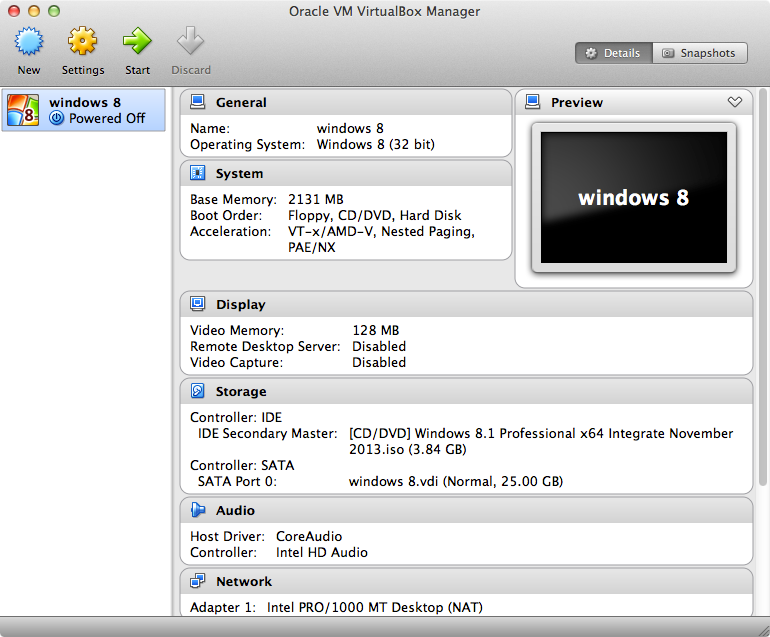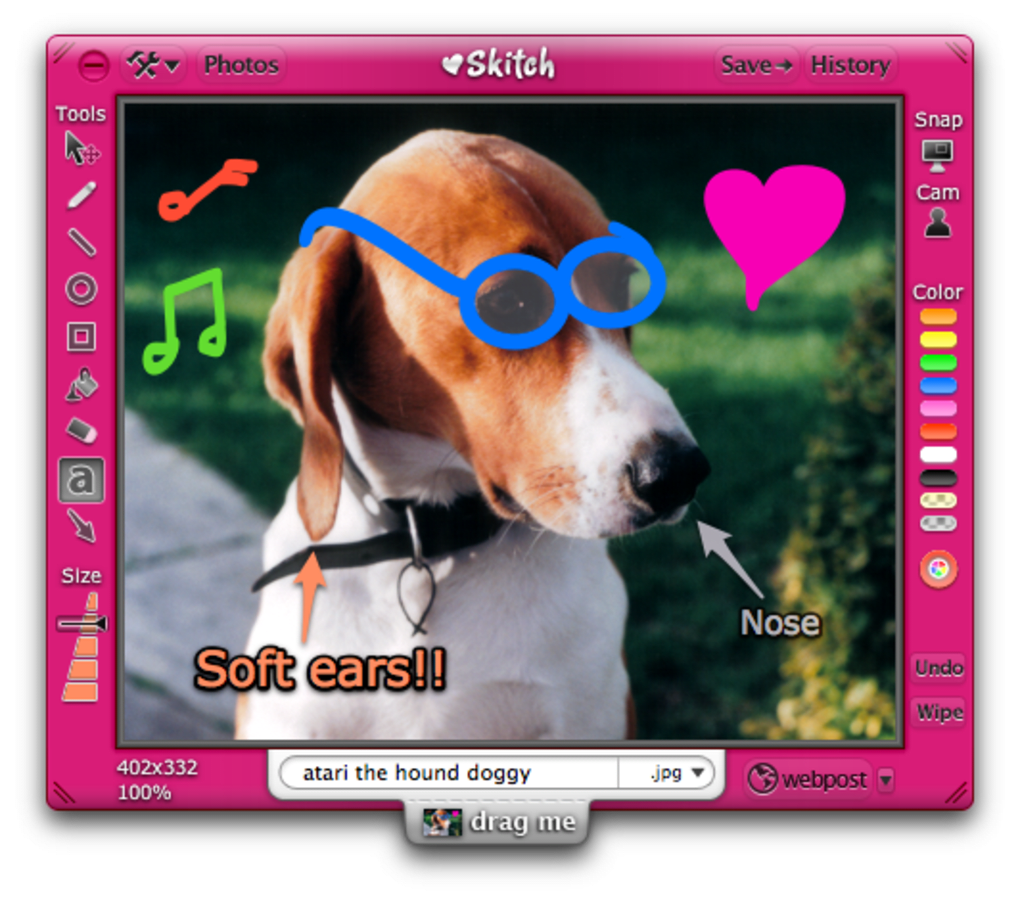
For example, when you create virtual machines with Apple Mac OS X guests and ESXi 5.5 and later compatibility, the default controller type for both the hard disk and the CD/DVD drive is SATA.
Features Documentation Knowledge Base Discussion ForumsDisk Types: Virtual and Physical
In the most common configurations, VMware Workstation creates virtual hard disks, which are made up of files that are typically stored on your host computer's hard disk. In some circumstances, you may need to give your virtual machine direct access to a physical hard drive on your host computer.
Virtual Disk
A virtual disk is a file or set of files that appears as a physical disk drive to a guest operating system. The files can be on the host machine or on a remote computer. When you configure a virtual machine with a virtual disk, you can install a new operating system onto the virtual disk without repartitioning a physical disk or rebooting the host.
Virtual disks can be as large as 950GB (IDE or SCSI). Depending on the size of the virtual disk and the host operating system, VMware Workstation creates one or more files to hold each virtual disk.
By default, the actual files used by the virtual disk start out small and grow to their maximum size as needed. The main advantage of this approach is the smaller file size. Smaller files require less storage space and are easier to move if you want to move the virtual machine to a new location. However, it takes longer to write data to a disk configured in this way.
You may also configure virtual disks so all the disk space is allocated at the time the virtual disk is created. This approach provides enhanced performance and is useful if you are running performance-sensitive applications in the virtual machine.
Virtual disks can be set up as IDE disks for any guest operating system. They can be set up as SCSI disks for any guest operating system that has a driver for the LSI Logic or BusLogic SCSI adapter available in a VMware Workstation virtual machine. You determine which SCSI adapter to use at the time you create the virtual machine.
Download LANDWorksCAD Pro 7.0 for free at ShareAppsCrack.com and many other applications - shareappscrack.com. Pro landworks software Landworks software download landworks studio landworkscad LANDWorksCAD 5.90 LANDWorksCAD crack LANDWorksCAD v6 crack LANDWorksCAD v6 download lanworks software property works software. Landworkscad pro crack free. Download Links: LANDWorksCAD Pro v7.0 + Crack. Copy Download Link Copy the download link and paste to your browser. Post navigation. Previous Post « Previous Autodesk Helius PFA 2018 x64 Keygen Crack. Next Post Wondershare Filmora Scrn v1.5.1 x64 Cracked Next. LANDWorksCAD Pro 5.5 full crack Working with LANDWorksCAD Pro 5.5 full license. Description: LANDWorksCAD Pro is the ultimate professional landscape architect and tool designers to create high quality plans, facades, 3D perspectives and details. Everything from perspective presentations, concept plans, planting plans, watering and lighting.
Note: To use SCSI disks in a Windows XP or Windows Server 2003 virtual machine, you need a special SCSI driver available from the download section of the VMware Web site at www.vmware.com/download. Follow the instructions on the Web site to use the driver with a fresh installation of Windows XP or Windows Server 2003.
A virtual disk of either type can be stored on either type of physical hard disk. That is, the files that make up an IDE virtual disk can be stored on either an IDE hard disk or a SCSI hard disk. So can the files that make up a SCSI virtual disk. They can also be stored on other types of fast-access storage media, such as DVD or CD-ROM discs.

A key advantage of virtual disks is their portability. Because the virtual disks are stored as files on the host machine or a remote computer, you can move them easily to a new location on the same computer or to a different computer. You can also use VMware Workstation on a Windows host to create virtual disks, then move them to a Linux computer and use them under VMware Workstation for Linux — or vice versa. For information about moving virtual disks, see Moving and Sharing Virtual Machines.
